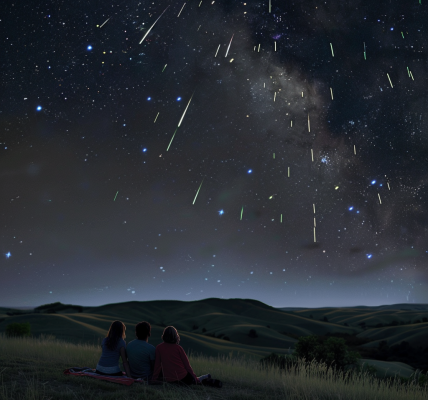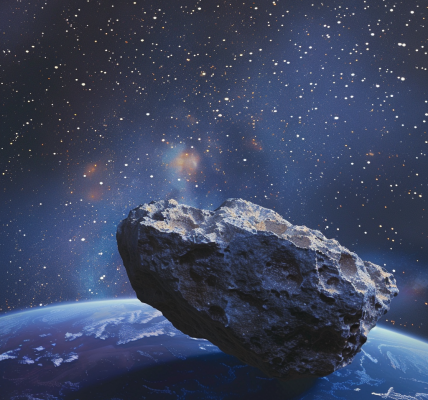NASA’s James Webb Space Telescope Discovers Ancient Stars and Massive Black Holes in Young Universe
A recent discovery by NASA’s James Webb Space Telescope (JWST) has left scientists puzzled with the unearthing of tiny bright objects at the dawn of the universe, challenging conventional beliefs about galaxy origins and black hole evolution.
An international team, spearheaded by Penn State researchers, utilized the NIRSpec instrument on JWST within the RUBIES survey to identify three enigmatic objects in the early universe, dating back to approximately 600–800 million years post-Big Bang, when the universe was merely 5% of its present age. The groundbreaking discovery was officially announced on June 27 in Astrophysical Journal Letters.
The team delved into spectral measurements, examining the intensity of various light wavelengths emitted by these objects. Their analysis revealed traces of ‘old’ stars, aged hundreds of millions of years, surpassing the expected age for stars in a young universe.
Moreover, the researchers were astounded to detect signs of massive supermassive black holes within these objects, estimating their mass to be 100 to 1,000 times greater than the supermassive black hole in our own Milky Way. Such findings deviate from current models of galaxy evolution and black hole formation, which predict a synchronized growth over billions of years.
‘We have confirmed the presence of ancient stars—hundreds of millions of years old—in a universe that is only 600–800 million years old. Surprisingly, these objects showcase the earliest evidence of old starlight,’ stated Bingjie Wang, a postdoctoral scholar at Penn State and the lead author of the study.
Wang further added, ‘The discovery of old stars in a young universe was entirely unexpected. While standard cosmological and galaxy formation models have been highly successful, these luminous objects challenge the existing theories.’
The massive objects initially caught the team’s attention in July 2022 when the initial dataset from JWST was made available. Subsequently, the team published a paper in Nature a few months later, unveiling the existence of these remarkable entities.





